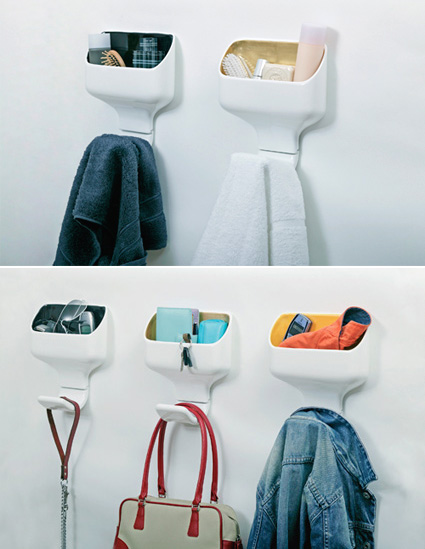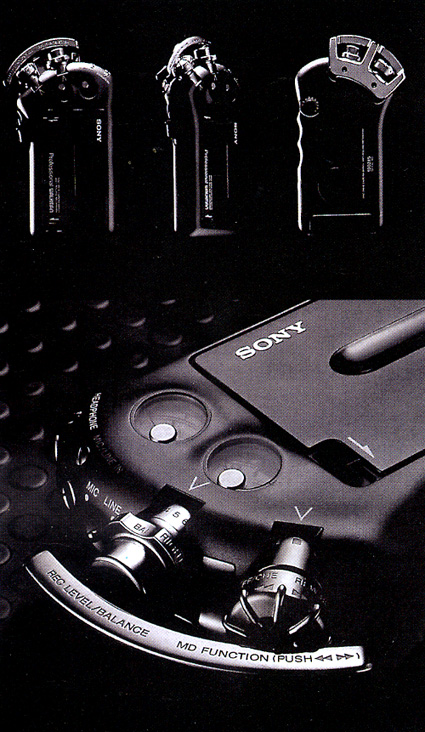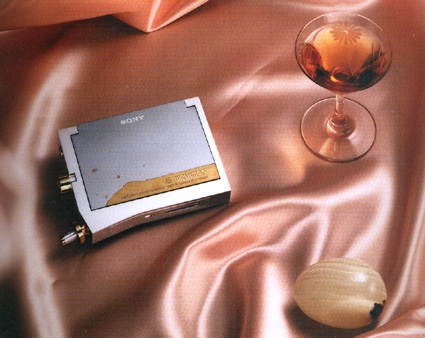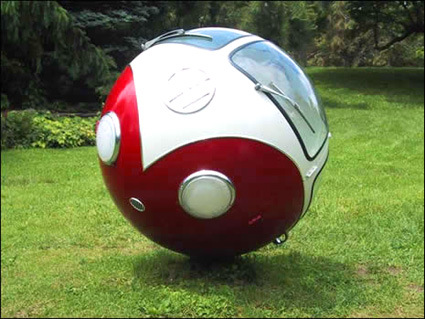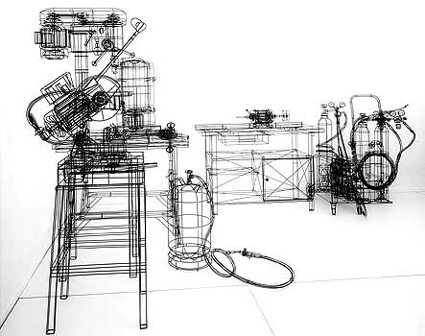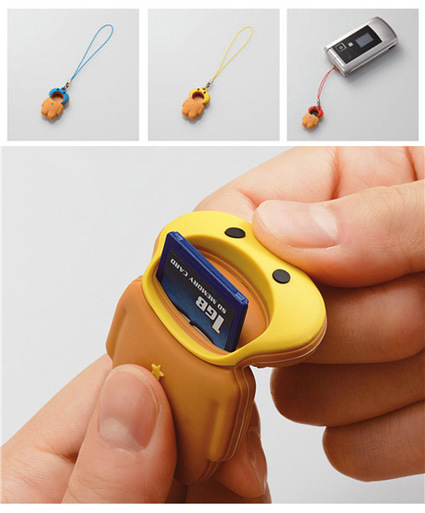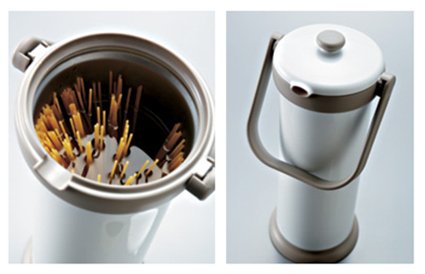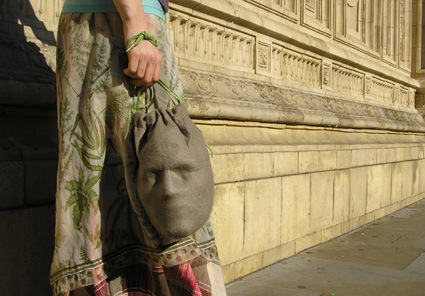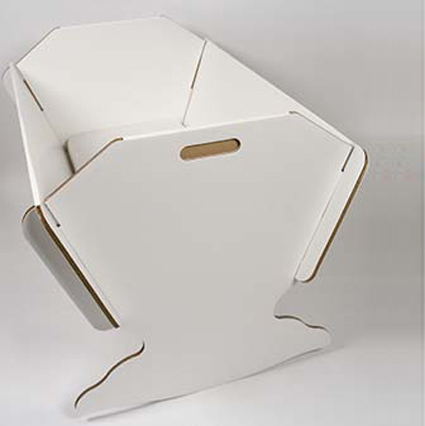
This cardboard cradle meets all the usual standards. It’s flame retardant and meets the EU’s safety and performance for cribs and cradles. However, unlike traditional cribs, you won’t need any tools to assemble it and you can either store flat when done or recycle the cardboard. Keep this crib in mind for traveling as well. For infants up to three months old.
It’s interesting that the introduction blurb for this cradle starts off with a defensive statement by reassuring potential buyers that this thing is safe – they probably anticipate that the first reaction from most people would be the fear of their precious newborn would roll-over, crumble, tear apart or be injured in every scenario imaginable.
That said, this design started me thinking about whether it made sense. Portability – well, okay it can be taken apart and all that, but I do not really see it as really useful (does it have to do with me never being a parent to a baby?). Being made out of cardboard, the recyclable aspect of it seemed an important point in this design, which is also somewhat strongly correlated with treating the “baby” phase of a newborn as a relatively temporal one.
But babies would usually sleep in a crib for maybe 3 years or so – by then the next child in line could have arrived, and who’d take over the crib for another few years. So this crib is likely to be in the house for maybe five years or more. In that case, wouldn’t a more permanent crib be more relevant? Of course, this crib has passed all the structural tests etc., but ultimately, the semantics of this design seemed to make the point that it is temporary and functional, which is probably just about the furthest emotion away from a parent’s attitude towards his/her child.
Green Lullaby Cradle


